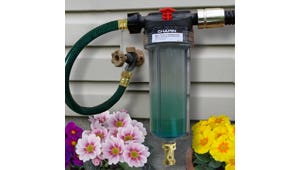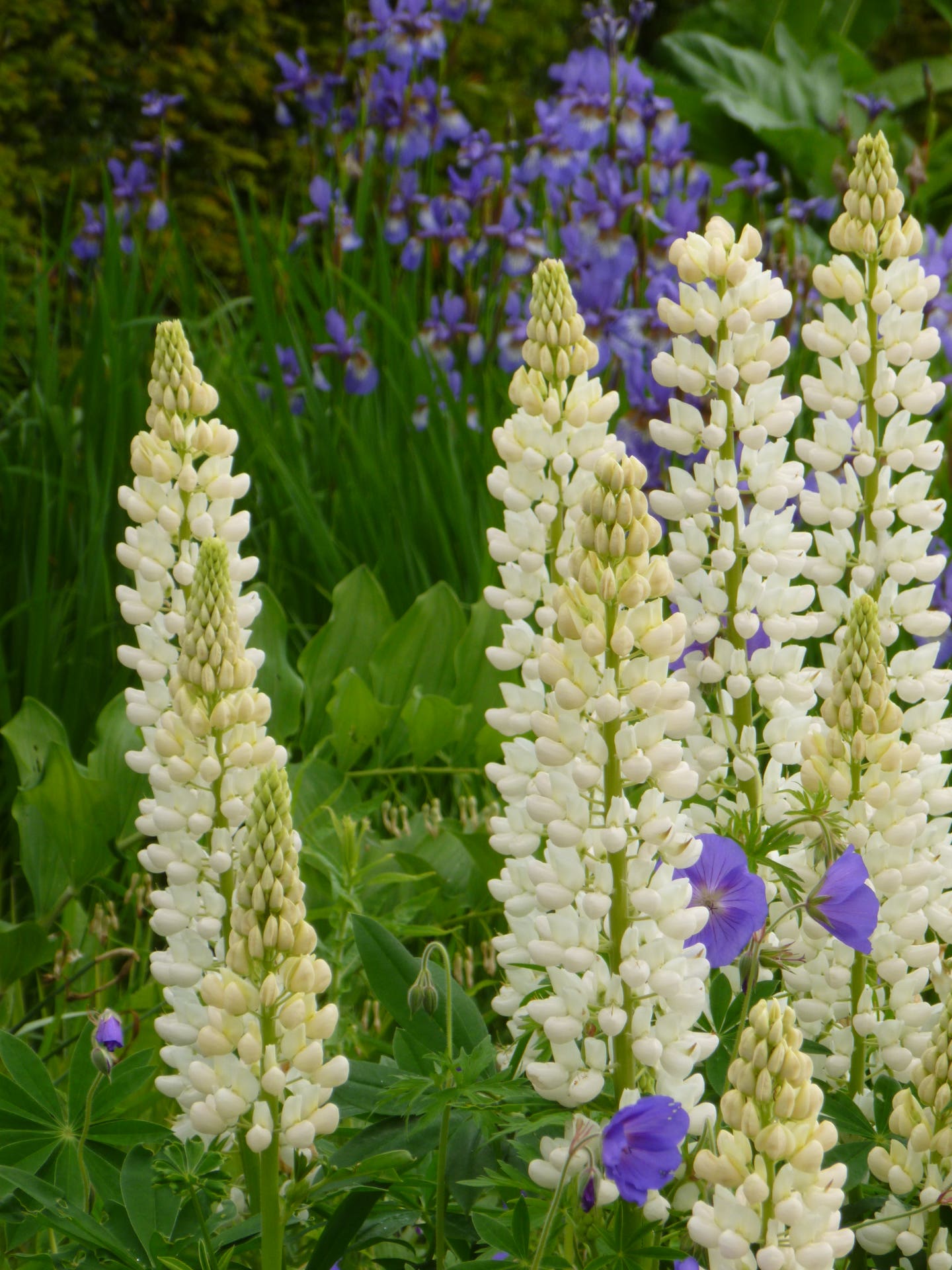Like many things that are worth having, homemade maple syrup rewards planning and some trial and error. I spoke with neighbor Mark Chipkin about his maple syrup operation and was surprised, on one hand, that you can tap a tree in the morning and have maple syrup later that same day. On the other hand, I was surprised how much sap it takes to make a little bit of syrup.
Mark is a retired science teacher and the chairman of the 1,000 acre Pawling Nature Reserve, owned by The Nature Conservancy. He approaches syrup-making like a science experiment, tinkering with the variables and recording the results of each batch he makes. He and his wife, Brenda, make about three gallons of maple syrup a year, and they use it as an all-purpose sweetener for pancakes and French toast as well as yogurt, winter squash, coffee and tea. They also give away some of their harvest to friends and neighbors.
Last year they got their best results around the first week of March, tapping their four largest and oldest maples, each with a four- to five-foot diameter. This year they decided to tap some of the younger maples on their property, each with a ten- to 12-inch caliper. The mapling season ends around the end of March in our area. Some say when the trees start to bud it’s time to stop. If you tap too late, the sap starts to turn a little bitter.
Interestingly, maple syrup has also become something of a local industry. Crown Maple is a young company on an 800-acre tract of farm land in the town just north of where I live in Pawling, N.Y. With 30,000 taps and 14,000 gallons of USDA-organic syrup scheduled for the 2012 season, the company already has the distinction of being the largest producer of maple syrup in New York State. The owners got into the business as a way to preserve the majestic maple groves on the farm for future generations, and they do everything in a sustainable way, including the building and operating of their facility. I had a tour of Crown Maple in the fall and met their Chief Syrupmaker, whom they liken to the Chief Winemaker at a vineyard.
To make your own maple syrup at home, follow Mark Chipkin’s step-by-step instructions:
Step 1: Drill a hole in your sugar maple tree (Acer sacharrum) about 1 to 1 1/2 inches deep using a 5/16-inch bit. (If you are worried about your tree, remember the hole closes up and heals quickly at the end of the season after you pull out the tube.) If you’re not sure whether your maple is a sugar maple, you can tell by the fall foliage. It turns bright orange.
Step 2: Place a spile, or tubing spout, into the hole, pushing it in about 5/8 of an inch. There are several different kinds of metal and plastic spiles available inexpensively online. The end of the tube will go into a bucket or plastic jug, which can hang on the spile. The sap will flow out of the tree, through the tube and into your jug on a warm day after a cold night. The sap flows best after a night with below freezing temperatures, followed by a sunny warm day. One tap can produce a gallon or more of sap on a warm day.
Step 3: Pour sap into a big pot and boil it. Mark puts his pot on top of the wood-burning stove he uses to heat his house. It’s a slow boil that can take a full day to boil down three or four gallons to the right consistency. You can also boil on a stove top or outdoors on a grill or over a fire pit. He experiments with finishing off the syrup at different temperatures. If the temperature at which you remove the syrup is too low (212°F), the syrup will be too runny and may be more susceptible to mold formation. If it's too high a temperature or you forget to watch the pot, you may end up with solid crystal maple candy. At 217°F the syrup goes into a furious, frothy boil, and that’s what he looks for.
Step 4: After the sap is boiled down to a consistency he likes, Mark pours it through cheesecloth (to filter out "maple sand") directly into a canning jar. When he puts the lid on the canning jar it seals the contents inside, helping it stay fresh longer, up to perhaps six months or more in the fridge. If you properly can the syrup it will last for years without refrigeration.
All in all, Mark and Brenda collect about 100 gallons of sap to yield 3 gallons of syrup. It’s hard work carrying the gallon jugs back and forth between the trees and the house and monitoring the consistency of the sap as it boils, but it’s also a fun, satisfying and tasty winter hobby.
Photos for this story were provided by Mark Chipkin and his syrup-making mentor, Jeremy Wolff.
_____________________________________________________________________
Dorian Winslow is the president of Womanswork, and is passionate about making the best products on the market for women who garden and work outdoors.
Horticulture publishes the free weekly e-newsletter, "Smart Gardening Tips," and "The Curious Gardener," a free monthly e-newsletter with more tips and articles by Dorian. Subscribe to our e-newsletters.






